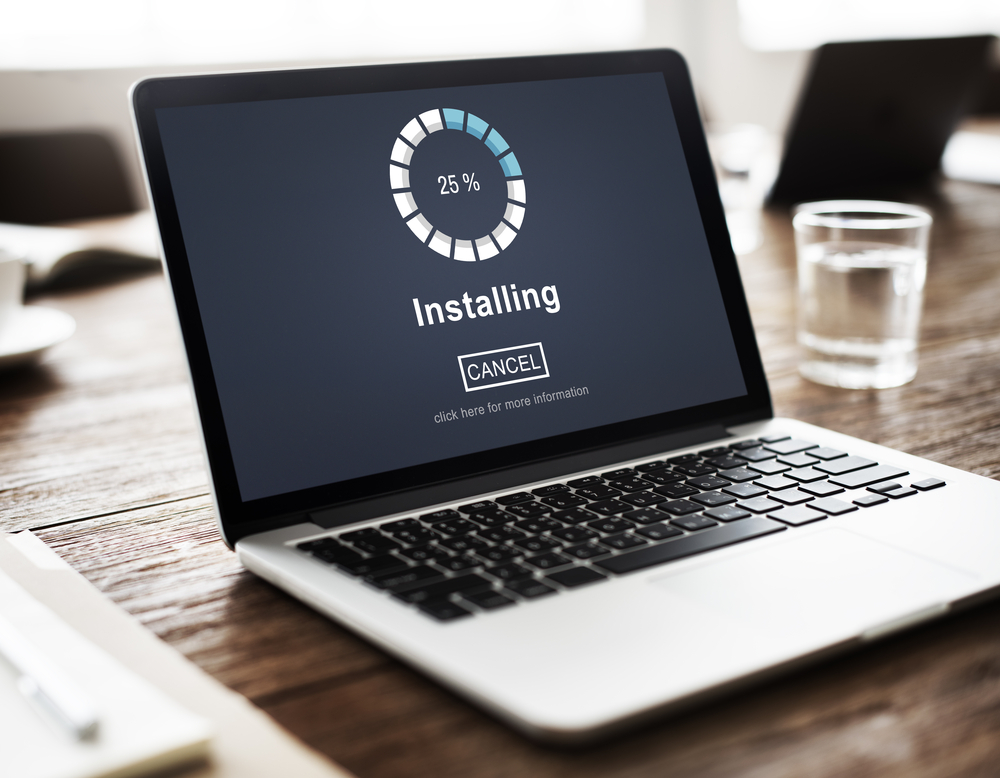THE KEY TO A SUCCESSFUL SWITCH
So you have made the big call to switch your trust accounting software provider. Congratulations on making the decision to out with the old and in with the new! It can be a tough decision as switching providers may mean short-term pain – but one that will invariably lead to long-term gain.
Now that the main decision is made, there are a few additional things to consider and key actions to take to ensure the switch is a smooth and painless one.
BEFORE THE SWITCH
Your second big decision is to convert or not to convert. Migrating your old data into your new software may sound like the simpler course of action to take, but is one that may cause more heartache and pain in the long run.
“Key it – don’t convert it!”
The most common and troublesome issue with data migration is all the old mistakes you may have made in your old software will come on over to the new system. Alongside errors, some providers include GST and some don’t so be sure to do your research.
Take it from us – there is a lot of merit in starting fresh. So if budget allows, consider outsourcing your data input into the new system. That way you know everything is fresh and correct in the new system.
From there, follow our 10 step guide to switching your software:
- GIVE YOUR DATABASE A SPRING CLEAN
If you have made the decision to migrate, do yourself a favour and conduct a clean up of your data prior to migration. One of our previous articles on the Top 9 reasons to clean your trust accounting software outlines some key reports to run to assist your data spring clean and minimise any errors.
- CLOSE OFF END OF MONTH
Complete your final end of month and disburse trust account funds. Pay all your landlords, creditors and management fees to as close to a $0 balance as possible.
- PRINT ALL REPORTS FROM THE OLD SYSTEM
Keep print hardcopies of all your standard end of month reports including EOFY statements, cashbook, trial balance, reconciliation and ledgers.
- PRINT TENANT PAID TO DATE REPORTS
Print hardcopies of all the paid to date reports for all your tenants in the old software.
- INPUT DATA INTO NEW SYSTEM
If you have opted to start fresh with your data input then now is the time to get into it. Enter all properties, tenants and owners into new database. Because if you decided to convert, you will now migrate clean data to your new software (see point #1.)
- LOAD OPENING BANK BALANCES
Now is the time to load your new opening balances into the new software. This is a crucial part of the process to ensure you get right so if you feel you lack the experience in this process, enlist the help of an expert as any issues here can have a negative affect on your next audit.
Your final close of month from the old system needs to correlate to the opening of the new system. For example, if you’ve closed June with $100,000….
- Start the opening balance from July 1st
- Refer to the trial balance dated 30th June
- Tell the new software how the $100, 000 is to be allocated
- Delegate funds to the correct ledger accounts
- PRINT NEW REPORTS
Once balances are loaded, print new reports from the new software and confirm the opening balance of the new software matches the closing balance of the old software.
- DOUBLE CHECK TENANT PAID TO DATE REPORTS
Just to be sure, double check all the tenant paid to dates in the new software against your old reports before receipting in the new software. This will therefore ensure every account is up-to-date and correct moving forward.
- DOUBLE CHECK BANK DETAILS
Little things can be entered incorrectly very easily so double check that all bank details have been entered or converted correctly.
- DOUBLE CHECK ALL FEES
Before you commence receipting, be sure to check all your property fees have been inputted correctly, especially if you opted to migrate data to a new system with different GST inclusions and exclusions.
A PARTING TIP…
Finally, it is always a good idea to keep your old software running for a couple of months after you have made the switch: Why?
- In case you forgot to print a report
- You misplace a report
- You can cross-check data
- Good data back-up if needed.
As with everything in accounting, it is better to be safe than sorry! Ensure you cross off everything on our list to save you any future headaches.
Connect with us on Facebook, LinkedIn, Twitter & now Instagram.
~ Jane Morgan is the Director of End of Month Angels, a consultancy firm specialising in Trust Accounting. Jane knows the legislative requirements of running a successful Real Estate office through her 19 years industry experience. Don’t trust just anyone with your trust accounting. Trust End of Month Angels and get back to what you do best – growing your business.

